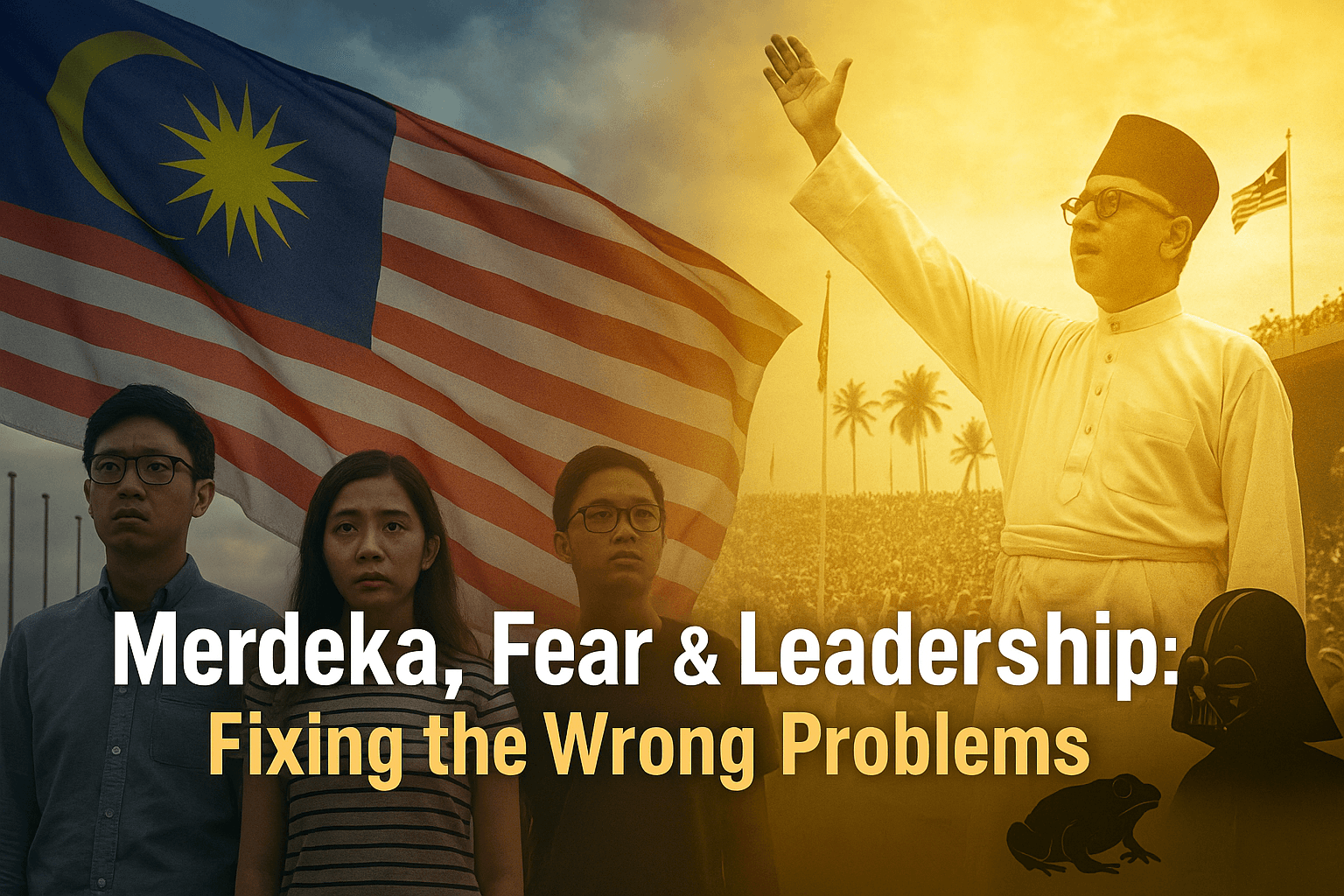Understand Organisation Bias Before You Make that Strategic Decision

Image is from freepik.com by @freepik.
There are many reasons why strategic decisions don’t always work out. In his book Why Decisions Fail Paul C. Nutt analyses decades of research into 400 decisions made by organisations from a broad range of industries and countries. Nutt’s criteria for judging a successful decision are whether the decision was ‘put to use’ and was sustained over at least two years. While you could decide on a different set of criteria, Nutt’s are tough but reasonable, given that these are strategic decisions.
Nutt found that more than half of management decisions fail. Staggering, given the resources dedicated to making them. Yet, considering the uncertainty surrounding strategic decisions, is it any wonder the scoreboard reveals such poor performance?
Unexpected causes of decisions gone wrong
You can list many reasons why such a success rate might exist. Your list might include many decisions were high-risk high-reward, or that sometimes groupthink comes into play. Groupthink being about group dynamics and the desire to conform, so the group remains likeminded, meaning some in the group fail to raise concerns. You might also just list ‘complexity’ given the complexity of our world. Part of that complexity is the phenomenonI refer to as ‘organisationthink', through which the culture of an organisation influences how a decision is implemented.
The effect of organisational culture on decision making is unveiled in Essence of Decision: Explaining the Cuban Missile Crisis by Graham Allison and Philip Zelikow. They look at decision making during the crisis through three lenses: (1) the rational actor, (2) organisational behaviour and (3) governmental politics. Most people are familiar with rational decision making and the effects of politics but are less so with the effect of organisational behaviour. In short, leaders make decisions and staff implement them, which requires them to interpret meaning and identify means of achieving perceived goals. Their interpretation of the decision and choice of methods of implementation are not always what the leader has in mind. There can be no better example than Khrushchev and the Soviet military machine during the Cuban Missile Crisis.
The perfect example of ‘organisationthink’
The Soviet mission was ostensibly a secret operation— the US was not supposed to know. But when the Soviets built missile bases in Cuba, they did not camouflage them from the air. Why? Allison and Zelikow suggest it was because the Soviet forces responsible implemented as they had always implemented — according to the manual. The decision had been made not to camouflage bases in the Soviet Union to aid speed of deployment — that is, agility was chosen over secrecy. When it came to the deployment in Cuba, the message did not get through that this deployment was to be different.
Read:
Does Group Decision-Making Have to Be So Hard?
The Cause and Effect of Better Decision-Making
It's about culture
Organisational bias is very similar to our own biases, in that, many are cultural. You have a natural bias to the culture you were brought up in. Same for staff being exposed to the organisation’s culture. In fact, organisations work hard at making sure staff understand the culture of the organisation and most staff will drift closer and closer to it over time.
However, the culture of organisations is not always perfect for every part of an organisation’s journey. Seldom can a start-up taking big risks, continue in the same vein. The bigger they get the more they need to adjust their ways of work and the size of their bets.
Take HIH Insurance, founded by the entrepreneurial Ray Williams. Eventually their big-bet decisions worked against them. Buying FAI, on-market in the 1990’s, being one of the decisions that led HIH to become Australia’s largest corporate collapse (at the time of writing!).
Identifying sources of organisational bias
Identifying organisational bias that may work against a strategic decision, means identifying the part of your culture that management has built or that has simply emerged, that will work contrary to what is needed or intended.
My tip. Start with noting down all the attributes of your culture you can think of. Ask others to add to the list. Then list all the attributes required for successful delivery of the strategic decision you are assessing. Are any on the culture list contrary? If so, that is where your change management strategy needs to focus. Or, a different decision needs to be made.
Edited by: Kiran Tuljaram
Leadership
Tags: Culture, Executing Leadership
Bryan Whitefield has worked with hundreds of influential leaders across industries and is author of ‘Risky Business’ (2021) and now ‘Team Think: How Teams Make Great Decisions’ (2024). ‘Team Think’ is a thoughtful guide to provide leaders with deep insights into team dynamics and practical strategies to enhance decision making processes. www.bryanwhitefield.com.





